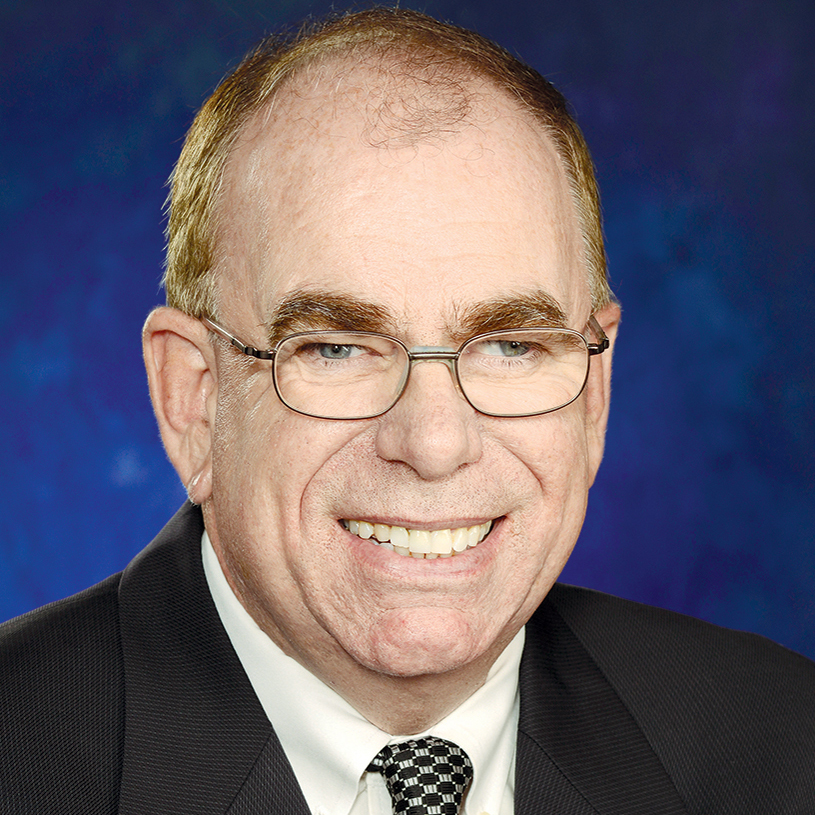
These days, patient-centered care seems to be this sector’s Holy Grail.
For good reason. Who among us would not agree that the patient should be at the center of any healthcare-related enterprise?
But like beauty and other subjective matters, what patient-centered care should actually look like is often in the mind of the beholder.
To be sure, the government has its ideas. As do many long-term care operators. Here’s how the Institute of Medicine defines it:
“Providing care that is respectful of, and responsive to, individual patient preferences, needs and values, and ensuring that patient values guide all clinical decisions.” Sounds simple enough. But how do you transfer those lofty ideals into actionable strategies?
There would seem to be a lot of room for creativity along the way. Moreover, there can be legitimate disagreement about how best to realign your organization.
But regardless of the strategies or tactics taken, two things had darn well better be in the mix. And those special somethings are employee alignment and engagement. If you don’t get those two right, the souffle flops. It’s that simple.
Now before you write to tell me what a naïve, uninformed idiot I must be, please consider this: That argument is not mine. It comes from an organization that has been a horse whisperer to leading healthcare executives since 1985. I’m referring, of course, to Press Ganey.
The South Bend, IN-based firm may be better known for its customer satisfaction surveys and blowout users’ conferences. But they find time do some writing too.
One of their most recent publications is called “Accelerating Transformation: Translating Strategy Into Action.” Its key message: Employee alignment and engagement is essential for organizations that want to build an organizational structure that supports patient-centered care. Sound familiar?
Say what you will about the report. But it’s not just spitballing. The conclusion is based on an analysis of workforce engagement data, hospital safety grades and Hospital Consumer Assessment of Healthcare Providers and Systems performance data from more than 250 healthcare facilities. And what did all this number crunching reveal? Operators with high workforce engagement were safer and scored better. You can see the full report here.
So what should providers do to get things right? The report offers three key steps:
• Align under one enterprise-wide transformational vision
• Build a change-ready culture by engaging the workforce and empowering leaders
• Adopt an integrated data and management strategy
“We believe to keep pace with these changes, healthcare organizations must restructure operations and leverage interdependencies across safety, quality, and patient experience,” said James Merlino, M.D., the firm’s chief transformation officer.
Merlino noted that the entire healthcare spectrum — including long-term care — must deal with the seismic changes being brought on by value-driven payment models, mergers/acquisitions, increasing consumer demands and more.
Not that doing the work necessitated by these changes will be simple, or easy.
“There is no shortcut or ‘easy’ button on the journey to delivering patient-centered care,” added Patrick Ryan, Press Ganey’s executive chairman.
Some long-term care operators have already made that challenging discovery. The rest soon will.
John O’Connor is McKnight’s Editorial Director.




